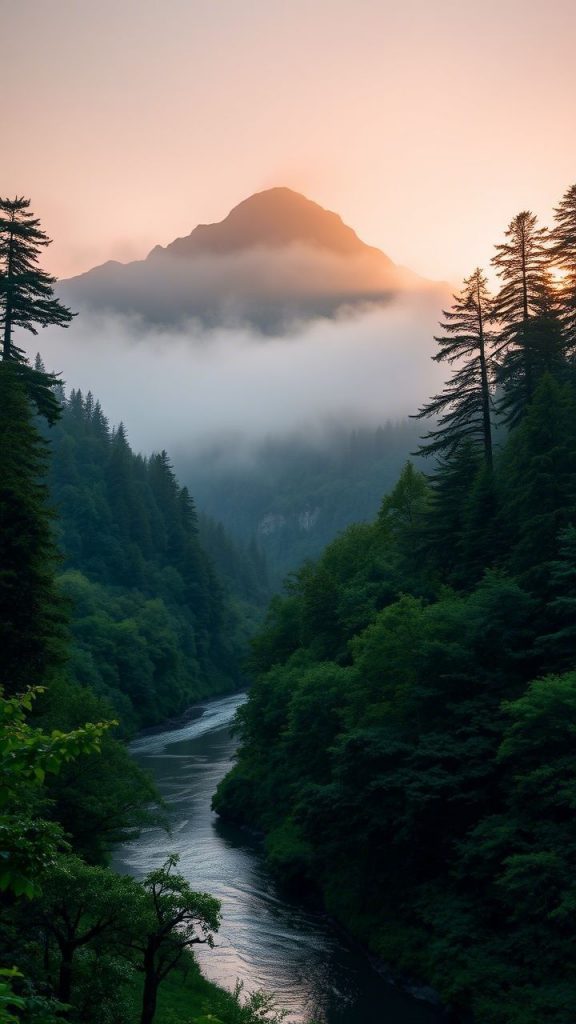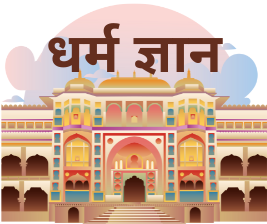The Char Dham Yatra, whether referring to the original four Dhams across India or the Chhota
Char Dham in Uttarakhand, is more than just a pilgrimage. It’s a profound spiritual journey that
millions undertake to connect with the divine, to seek blessings, and to touch the sacred soil of
Bharat. But beneath the chants and rituals, behind the mountain peaks and flowing rivers, lies a
question we can no longer ignore:
At what cost to nature are we pursuing our spiritual fulfillment?

The ecological impact of mass pilgrimages like the Char Dham Yatra is becoming increasingly
visible—melting glaciers, landslides, overflowing waste, vanishing forests, and overwhelmed
local ecosystems. As spiritual seekers, it’s time we expand our understanding of dharma—from
a personal journey to a shared responsibility toward Mother Earth.
In this blog, we’ll explore how the Char Dham Yatra is intertwined with the environment, the
ecological challenges it faces, and most importantly, how pilgrims and communities can
contribute to a more sustainable and respectful yatra.
Nature and Spirituality: A Sacred Relationship
In Indian spiritual traditions, nature is not separate from the divine—she is the divine. Rivers
are goddesses, mountains are sages, trees are considered alive, and even animals are given
sacred status. This deep eco-spiritual bond is woven into the very fabric of the Char Dham.
● Gangotri, the sacred source of the Ganga, is revered as a divine mother and a purifier of souls.
● Yamunotri is the sacred source of Yamuna, another goddess-river.
● Kedarnath home to Lord Shiva, is nestled amid towering Himalayan peaks—seen as
manifestations of his cosmic form.
● Badrinath, devoted to Lord Vishnu, lies beside the river Alaknanda, surrounded by
medicinal plants and biodiversity-rich forests.
But the ecological sanctity of these places is under severe threat—not from nature, but from
us.
Environmental Challenges Facing the Char Dham Yatra
- Glacial Melting and Climate Change
Both Gangotri and Yamunotri originate from Himalayan glaciers that are rapidly retreating
due to rising temperatures. The Gangotri glacier, for instance, is receding by 15–20 meters
every year.
● This not only threatens the perennial flow of the Ganges and Yamuna but also affects
downstream agriculture and water supplies.
● The Char Dham Highway project has accelerated deforestation and disturbed the
thermal balance in the region. - Landslides and Erosion
The fragile Himalayan terrain is already geologically unstable. But:
● Road widening,
● Unregulated construction,
● Blasting for tunnels,
● And excessive tourist footfall…
…have increased the frequency and severity of landslides, especially around Kedarnath and
Badrinath.
The 2013 Kedarnath floods, which killed thousands, were a wake-up call—yet many of the
mistakes leading to it continue today. - Waste and Plastic Pollution
Millions of pilgrims visit the Char Dham annually. With them come:
● Plastic bottles and food wrappers
● Discarded clothing, puja items, and even medical waste
● Overloaded waste disposal systems in small hill towns
In high-altitude regions, decomposition is slower, and even a small plastic bag can remain for
decades, harming soil, animals, and water sources. - Deforestation and Biodiversity Loss
To accommodate hotels, shops, and roads, forests are being cut at an alarming rate:
● Himalayan flora like brahmakamal (used in Badrinath worship) is disappearing.
● Animal habitats are being fragmented—snow leopards, Himalayan monals, musk deer
are under increasing threat.
● Sacred groves, once protected by tradition, are now often bulldozed for development. - Overtourism and Water Scarcity
In peak season, towns like Kedarnath, Joshimath, Gangotri, and Badrinath struggle to
provide clean water, sanitation, and accommodation to the surge of pilgrims.
● Water sources dry up, and waste pollutes rivers.
● Infrastructure built to support a few thousand now tries to hold hundreds of
thousands—often resulting in chaos and health hazards.
How to Make the Char Dham Yatra Eco-Friendly
It’s not all bad news. With awareness and collective responsibility, we can turn the tide. The very
essence of pilgrimage is simplicity, humility, and reverence—not just toward gods, but toward
everything they’ve created.
Here’s how we can restore ecological balance while preserving spiritual sanctity. - Travel Light and Leave No Waste
● Carry a reusable water bottle and cloth bag.
● Avoid buying or using plastic-packaged items.
● If you bring something up the mountain, bring it back down too—pack it in, pack it out. - Choose Sustainable Travel and Stay
● Opt for eco-certified guesthouses, ashrams, or homestays.
● Travel in groups or use public/shared transport to reduce carbon footprint.
● Avoid helicopter rides unless necessary—they consume enormous fuel and disturb
high-altitude bird and animal habitats. - Respect Local Culture and Biodiversity
● Don’t pluck sacred plants like brahmakamal or damage mossy rocks—many host unique
micro-ecosystems.
● Refrain from feeding or disturbing animals.
● Avoid loud music or noise pollution near temples and riverbanks. - Participate in Clean-Up Drives
Many NGOs and local youth groups organize cleaning treks on the Char Dham route. Even
one hour of your time can make a difference.
You can also:
● Donate to eco-initiatives.
● Encourage your group to clean as you walk.
● Help raise awareness on social media. - Support Green Pilgrimage Policies
As a responsible pilgrim, support:
● Limits on daily footfall (as proposed for Kedarnath and Gangotri).
● Vehicle-free zones near temples.
● Tree-planting or reforestation drives post-yatra.
Eco-Spirituality: A New Pilgrimage Consciousness
Ancient saints walked barefoot through these routes, carrying only their devotion. They believed
that hurting a tree or polluting a stream was an insult to the gods.
Modern yatra, with its plastic packets and selfie sticks, often forgets this humility.
But we can bring it back.
Let’s redefine spirituality:
● Not just in rituals, but in relationship with the Earth.
● Not just through donation, but through action.
● Not just in temples, but in forests, rivers, and mountains.
This is eco-dharma—and it’s as holy as chanting a mantra.
Positive Signs of Change
Encouragingly, there are many green initiatives underway:
● Biodegradable toilets and waste segregation systems in Kedarnath.
● Plastic bans and check-posts near Yamunotri and Gangotri.
● Solar-powered street lights and sustainable guesthouses in Badrinath.
● Community programs involving locals in eco-tourism and conservation.
Pilgrims are slowly waking up to the reality that “cleanliness is next to godliness” isn’t just a
slogan—it’s a spiritual principle.
Final Thoughts: Pilgrimage with Purpose
The Char Dham Yatra is a privilege. The mountains don’t need us—we need them. The rivers
have flowed for millennia—we’re lucky to touch their waters. And the gods are everywhere—but
these places let us feel their presence more clearly.
Let’s honor that by being mindful pilgrims—not just in word, but in deed.
“So, next time you plan your Char Dham Yatra, carry devotion in your heart; likewise, show respect for the environment and local traditions.”
Wikipedia :- https://hi.wikipedia.org/wiki



Comments are closed.